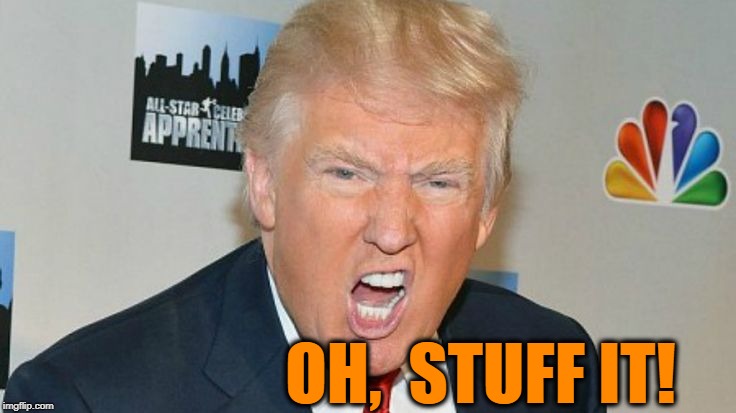
This time around, though, the same forces that have allowed the super-talented to claim a reward that is richer, and can be earned more swiftly, than ever before have also made society as a whole more unequal. Our cultural reflex is to assume that this weakening of old hierarchies and the removal of traditional bars to economic and social entry will have an egalitarian effect: just think about the fondly recalled Little-House-on-the-Prairie equality of the American frontier, in contrast with the gently mocked My-Fair-Lady divisions of the old world.
#Plutocracy meme software
We live in an age of unprecedented opportunity for the smartest, the most persistent and the most cunning among us – and, incredibly, today’s Horatio Algers are getting their start not just in Harvard dorm rooms, but also in the software centres of Bangalore and the oil fields of Siberia. But John Paulson, the hedge fund manager who shorted subprime, emerged from the crisis a billionaire. Lloyd Blankfein, whose commercially brilliant leadership of Goldman Sachs earned him the Financial Times’ acknowledgment as Man of the Year, had a good war. Older, established institutions – ranging from the music business, to traditional media, to Detroit carmakers – found themselves outmanoeuvered and outpriced by entrepreneurs in Silicon Valley, Mumbai and Shanghai.Įven in finance, which brought the phrase ‘too big to fail’ into the public discourse, smart insurgents have been outplaying – and outearning – corporate armies. Thomas Friedman was right: as these political, economic and social barricades came down, the world really did become flatter. The Berlin Wall fell trade restrictions were eased technology made information and communication free, or nearly so.

These revolutions – the collapse of communism, the spread of economic globalization, and the onset of the internet and mass computing – were, after all, about breaking barriers. The rise of the plutocracy is an unexpected and still seldom noted consequence of the powerful political and economic changes shaping this young century. The big challenge of this new decade will be coping with the emergence of a global plutocracy – the hyper-educated, internationally-minded meritocrats who have been the chief beneficiaries of globalization and the technological revolution. In this article, we take a look at why the current version of governance tokens has largely failed, and what could possibly be done to fix its design.How a flat world has yielded uneven fruits, sowing the seeds of democratic discontent For these chains, the boom-and-bust cycle is typically even shorter. The $DPI only tracks DeFi protocols on Ethereum, but we have seen the same cycle occur on other chains as well. Bear market things aside, the drop is significant and represents an 85.4% decrease since the top. Once seen as revolutionary for the crypto space, and helping kickstart DeFi Summer in 2020, market actors are starting to see a different picture.ĭeFi governance tokens have not seen the same hype and price action since the black swan event in May 2021. There has been an ongoing meme about the value of governance tokens. Despite all this, valueless governance tokens are not a meme.There is no direct value accrual to governance tokens.

What are the Challenges with this Model?.


 0 kommentar(er)
0 kommentar(er)
